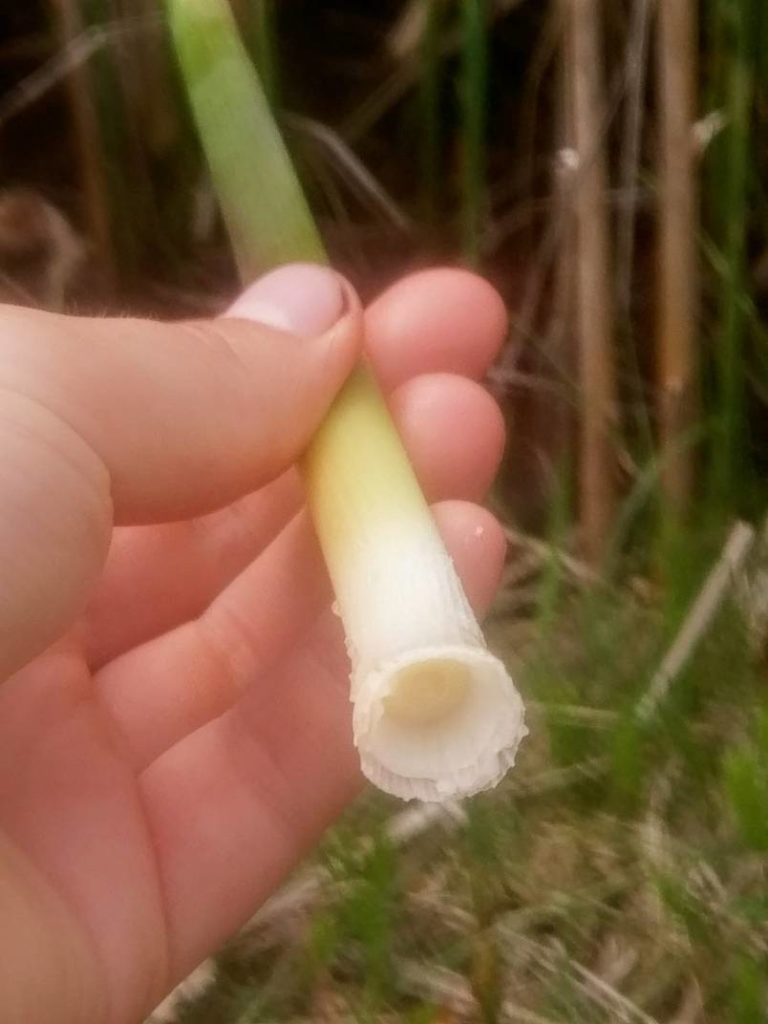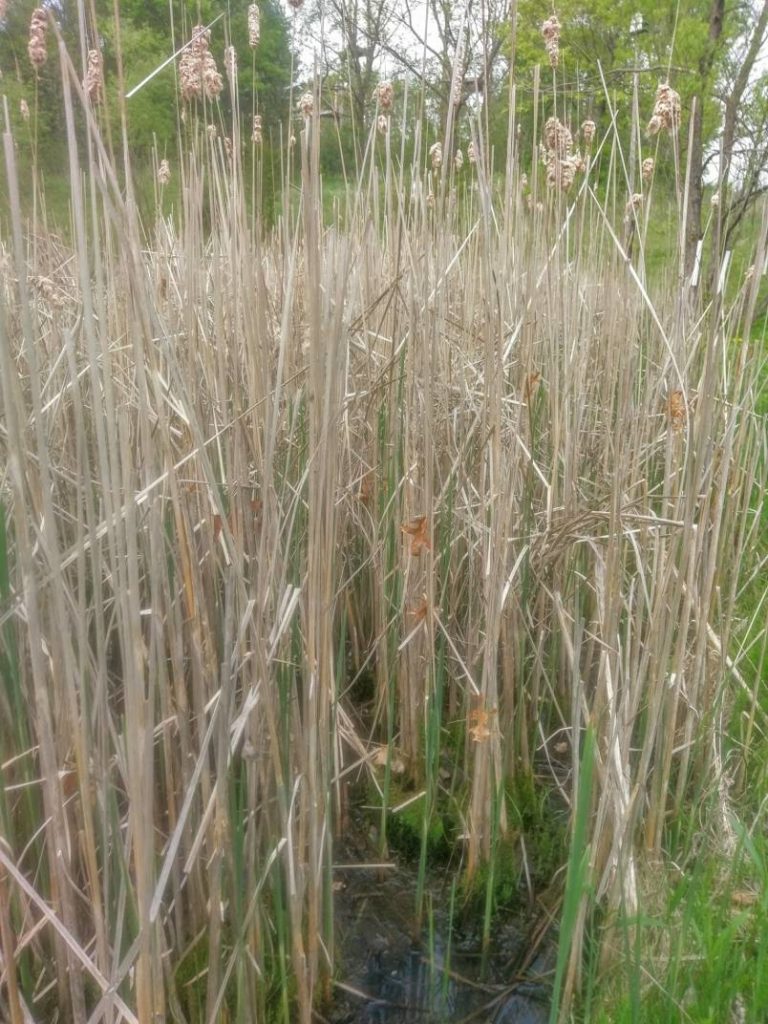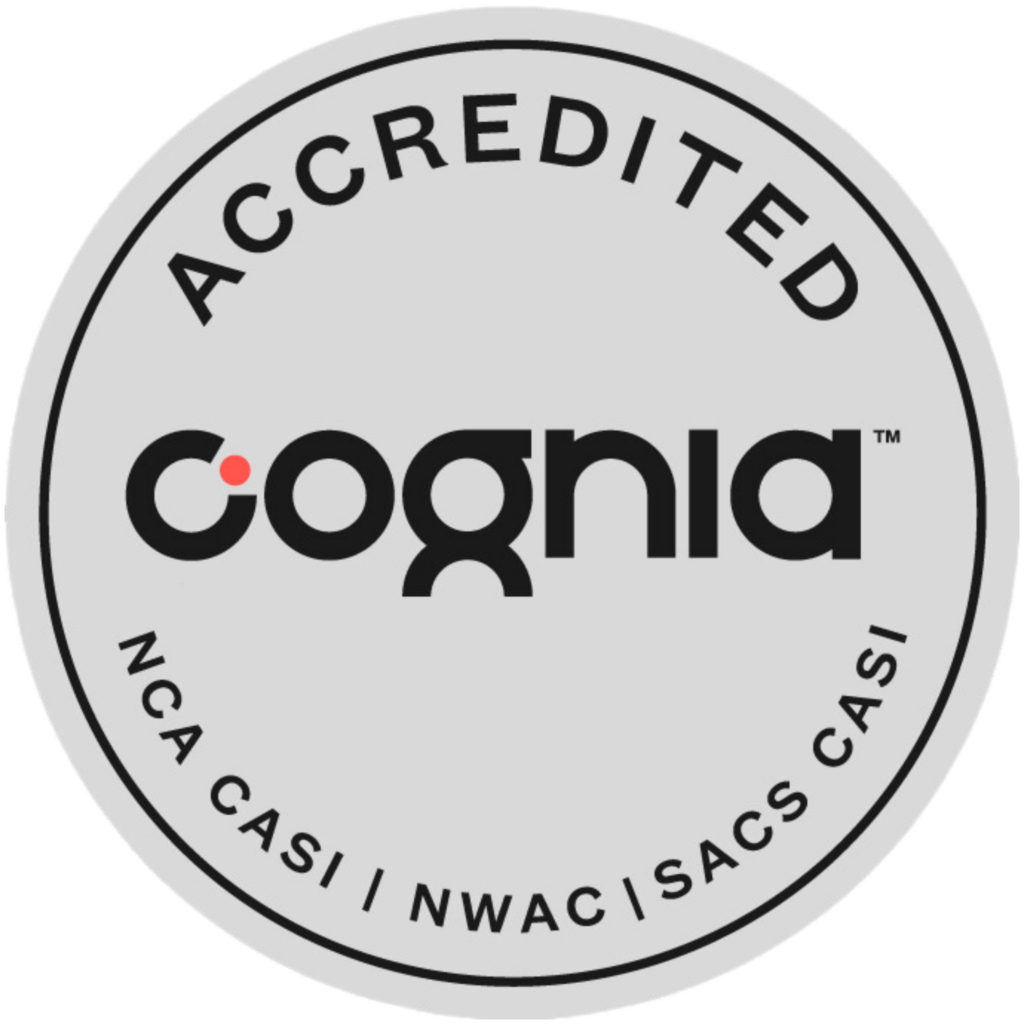How does a person find a morel mushroom? There are so many answers. Some say on slopes, some say near dead trees. There is no sure way to find them. But, as naturalist Robert Schmidt says, you can’t find them unless you go look in the woods.
And so, with the coming of spring, our staff has gotten the opportunity to harvest a variety of wild edibles, including morel mushrooms.
Wild Edibles: What to Consider
- Make sure the edibles aren’t in a place that is contaminated with pesticides, dirty water run-off, or unhealthy chemicals.
- Double check that you’re planning to gather in a place where gathering is legal. Check the laws and regulations of State Park and other wildlife preserves (or error on the safe side and don’t gather there). Ask home-owners for permission to gather.
- Know what you’re picking. Many plants are wonderfully nutritious and delicious, but some are harmful or even deadly.
- Don’t overpick. If you find a plot with ten Angelica plants, you may pick one. Taking all ten, or even nine, may wipe out the plot. And then the next year won’t have any Angelica plants.
Join the Tradition
My edible guide Hope Flanagan whispers, “thank you” in Ojibwe while digging up the plant. Hope is a member of the Seneca Nation, and now teaches language, culture and plant knowledge in the Native communities in Minnesota. In the traditional way, Hope offers tabacco to the Earth as an expression of gratitude both to the plant and to the Creator.
As my blood lineage doesn’t include either nation, I asked if it is still appropriate for me to say thank you in a comparable fashion. She highly recommended thanking the Earth, even in English, whenever taking something from it to sustain your own life. She added that such a thank you would not be considered offensive, even coming from a non-native person.
Let Us Help You Forge
A few of our summer camps include a session on foraging for wild edibles. One of those camps, Survival 101, is still open to registrations. Sign up your young friends to come and join!
Go Find Something to Eat!
Here’s a look at a few of the edibles currently in season at Eagle Bluff. They’re in season right now and only for a short time. Study up, grab a resource to ensure correct identification, and bring a trowel… Go forth and forage!
Morel Mushrooms – They grow… somewhere. In the woods. To prepare them, sauté them in butter and garlic for a meaty taste, or dry them to later add to a soup.
Garlic Mustard – This is an invasive species, so pick as much as you’d like! Eat the leaves raw or prepare in place of spinach for a slight garlic flavor. Or chop up the stem and leaves and add oil and almonds to create a delicious pesto.
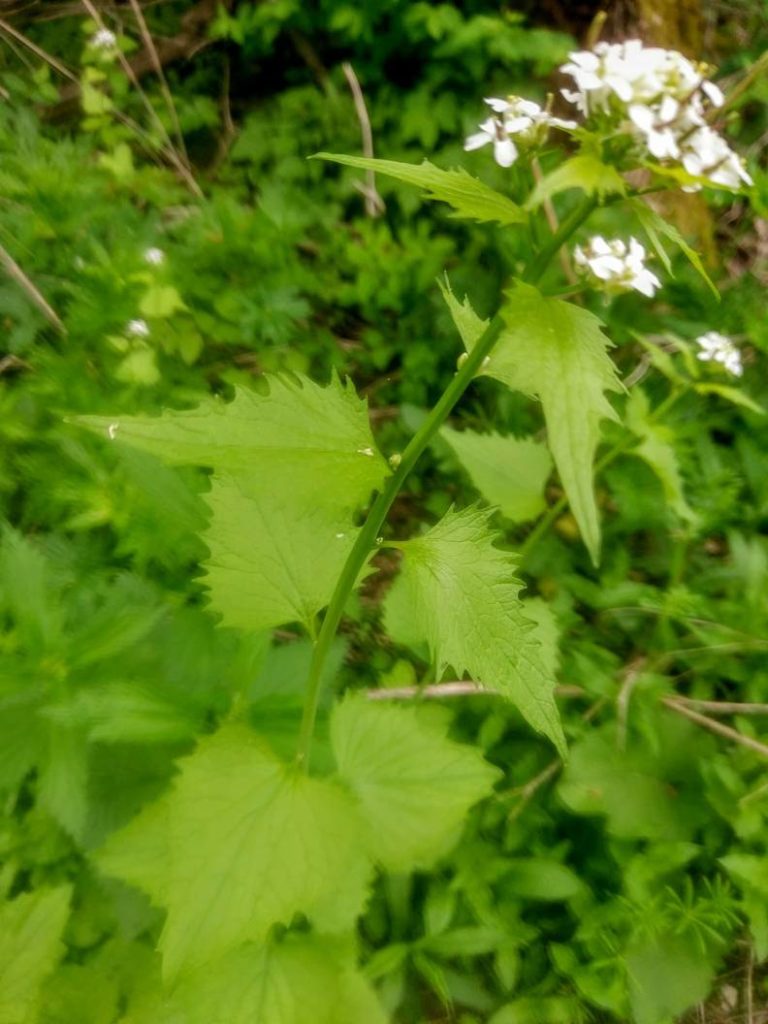
Spring Beauties – The season for this ephemeral is just ending. Many of these leafy plants connect underground to a single starchy corm. Gather the corm and fry it up for a potato-like taste.
Common Plantains – These are not bananas. They are leafy greens and a great addition for a salad. Many front yards across the States include this “weed.”
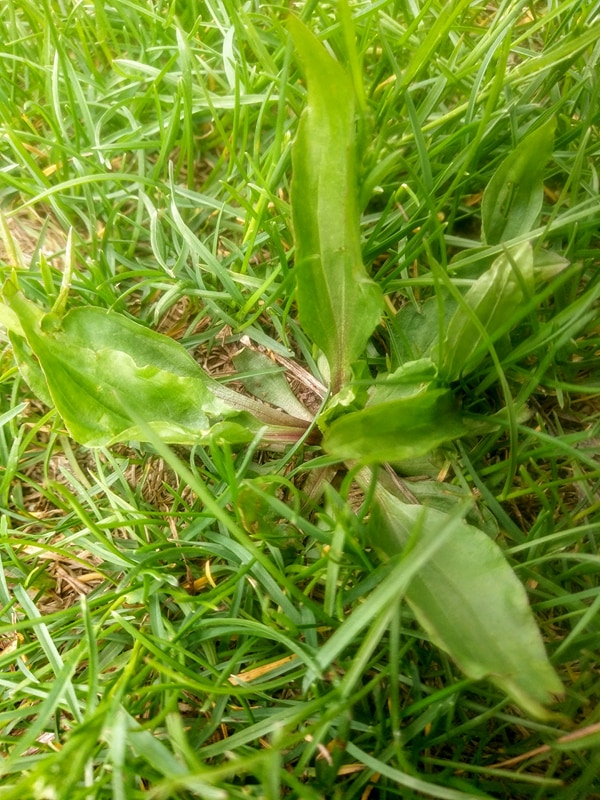
Angelica – This is the tallest wildflower in Minnesota! The young sprouts are tasty in salad, and the root is great candied.
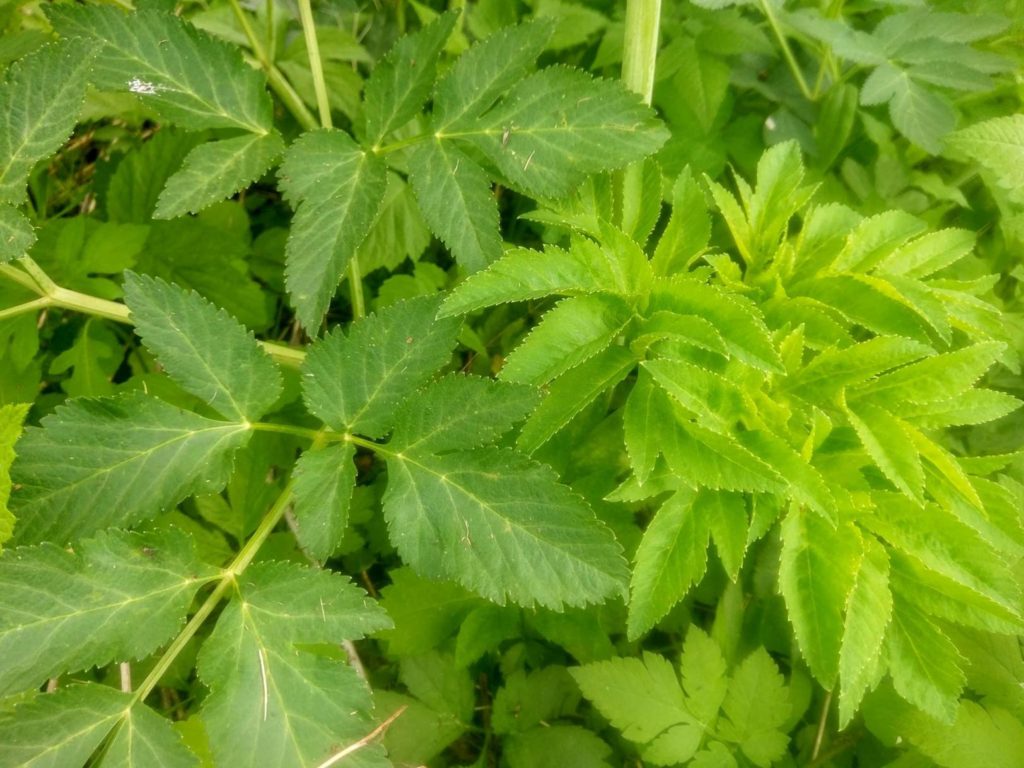
Wild Leeks – The root has a garlic-onion flavor that tastes great fried or sautéd.

Burdock – The root can be sautéd and then has a sort of nutty flavor.
Wild Black Raspberry – The leaves and stem make a wonderful tea.

Cedar – Hope says the White Cedar is an integral part of a cleansing ceremony to lessen sadness. I’ve heard that Red Cedar tea, when enough is consumed, may cause strange dreams. Regardless, the fronds of both cedars make a delicious tea full of Vitamin C. We have White Cedar on our campus.
Pine (White or Red) – Again, a delicious tea.
Wild Ginger – Use the root as ginger.
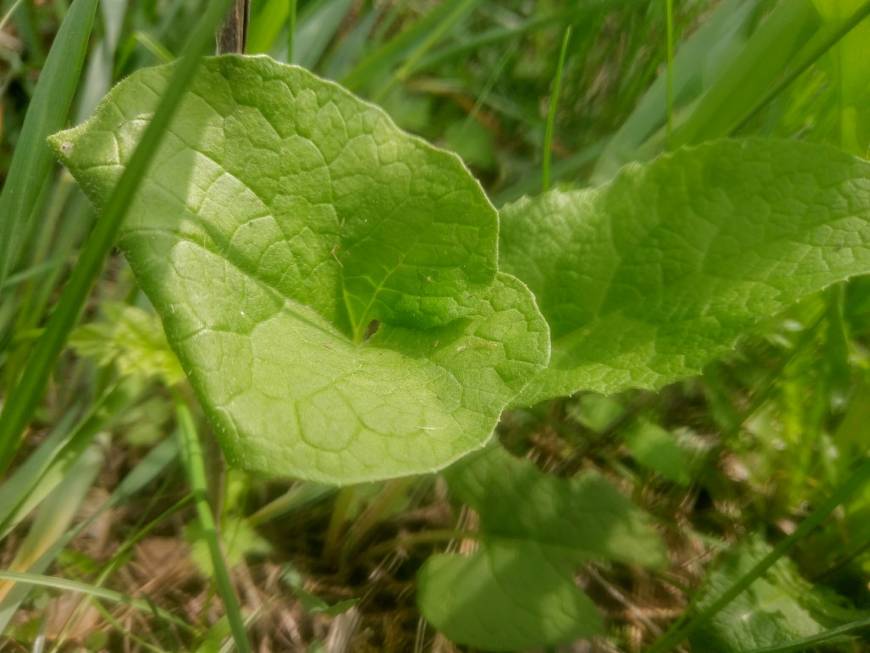
Violets – Eat the flower or the leaf raw.
Wild Parsnip – Eat the root. It is so tasty sautéd! But don’t get any sap on your body while picking it. The sap can temporarily cause your skin to lose its protection against UV light from the sun, causing it to burn acutely in a short period of time.
Horsetail – Eat the small yellow fertile sprout (the female and seeding plant). Hope recommends eating four sprouts raw to lessen the buildup of aluminum in your body. But don’t eat the green sprouts!
Cattail – This plant has so many uses! Here are a few: Harvest the sprouts. Eat them raw or fry the inside and bottom, the flexible part of the sprout. Or Fry up the cattail head before it seeds and eat it like corn on the cob. Or leach starch out of the lateral roots. Or use cattail pollen in pancakes or biscuits with flower for added protein.
For more information, ask an Eagle Bluff staff member to join you for a walk. Or contact Hope Flanagan, the Language and Wild Health Educator for Dream of Wild Health.

